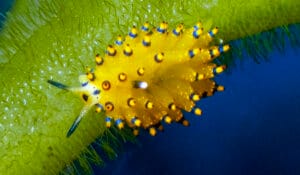Make sure to read until the end. The most intriguing fact awaits you at the end.

1. Diversity. Flatworms represent a diverse group of invertebrates that come in a variety of colors, shapes, and sizes. Known over 20,000 of flatworm species.
2. No Body Cavity. Flatworms lack a body cavity between their gut and body wall. This unique feature gives them a flat, ribbon-like appearance and inspired their common name.
3. Regenerative Abilities. If a flatworm is cut into several pieces, each piece has the ability to regenerate into a complete organism. This ability to regrow missing body parts is truly extraordinary!

4. Hermaphroditic Nature: Most flatworms are hermaphroditic, meaning they possess both male and female reproductive organs. This enables them to engage in reciprocal mating, where two individuals fertilize each other’s eggs.
5. Predatory Behavior: Some flatworms are voracious predators, feeding on small invertebrates and even other flatworms. They use their muscular bodies and adhesive secretions to capture and consume their prey.

6. Unique Reproductive Behavior: In certain species of flatworms mating involves a peculiar behavior called ‘penis fighting.’ During this process, two flatworms extend their long, extendable penises and engage in a battle of sorts. The goal is to inseminate the opponent while avoiding being inseminated in return. It’s an intense and unusual reproductive strategy observed only in the world of flatworms!

Flatworms are truly captivating ocean animals, showcasing a range of adaptations and behaviors. Their unique biology and ecological roles make them a fascinating subject of study for marine enthusiasts and scientists alike!
More about them you can find in the Marine Flatworms of the Tropical Indo-Pacific

